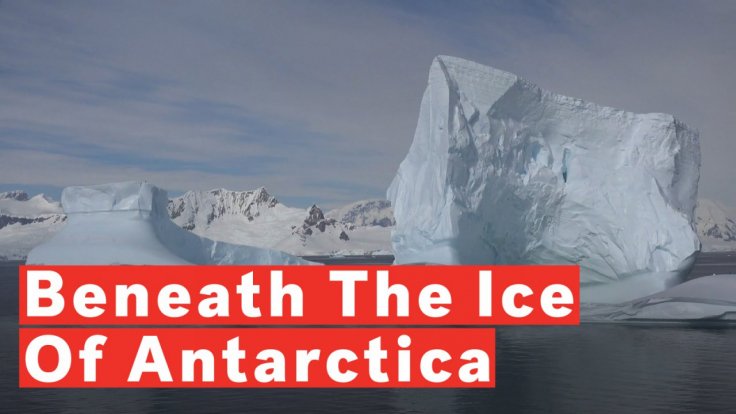
A team of scientists at NASA has discovered a large cavity under the Thwaites Glacier in Antarctica. The findings of the study, published in the journal Science Advances, revealed that the t melting of this glacier could result in a global sea level rise.
It should be noted that Thwaites Glacier is one of the largest glaciers in the world, and it is responsible for about 4 percent of global sea level rise. Experts believe that this glacier holds enough ice to raise the global sea levels by at least 65 cms.
During the study, researchers used ice-penetrating radar and new satellites capable of high-resolution data to find the cavity which is almost 300 meters tall. Experts believe that this gigantic cavity is capable of holding at least 14,000 billion tonnes of ice and most of this ice could have melted in the last three-year period.
Pietro Milillo from NASA's Jet Propulsion Laboratory (JPL), the lead author of the study revealed that the size of the cavity under the glacier has direct impacts in determining the ice melting rate. As per Pietro Milillo, the melting rate of the ice will be elevated when cavity forms, as more heat and water will get under the glacier.
"On the eastern side of the glacier, the grounding-line retreat proceeds through small channels, maybe a kilometre wide, like fingers reaching beneath the glacier to melt it from below," said Milillo in a recent statement.
Paul Rignot, the co-author of the study revealed that this new finding will help scientists to learn more about rising sea levels in the future.
"We have suspected for years that Thwaites was not tightly attached to the bedrock beneath it. Understanding the details of how the ocean melts away this glacier is essential to project its impact on sea level rise in the coming decades," said Rignot.









